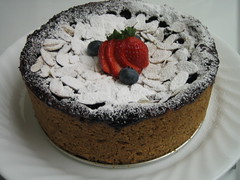
My intention for this site was to construct a permanent record of active thinking about the use of Web 2.0 technologies for advancing the the goals of the Friends of the Governors State University Library Historical Society, as well as actually constructing some applications of those technologies to the advancement of those goals. I figured I could "learn by doing" what I had to learn to do to do what I wanted to do. So far I haven't had much time to bridge the gap between the course objectives and long range plan for this blog. So if anybody happens to stumble on this site looking for history and feels cheated by this current morrass of thrashing about with unfamilliar media, sorry.



